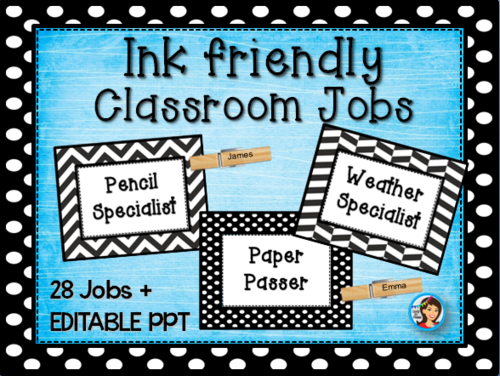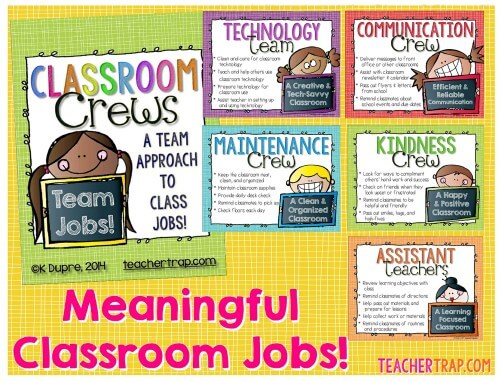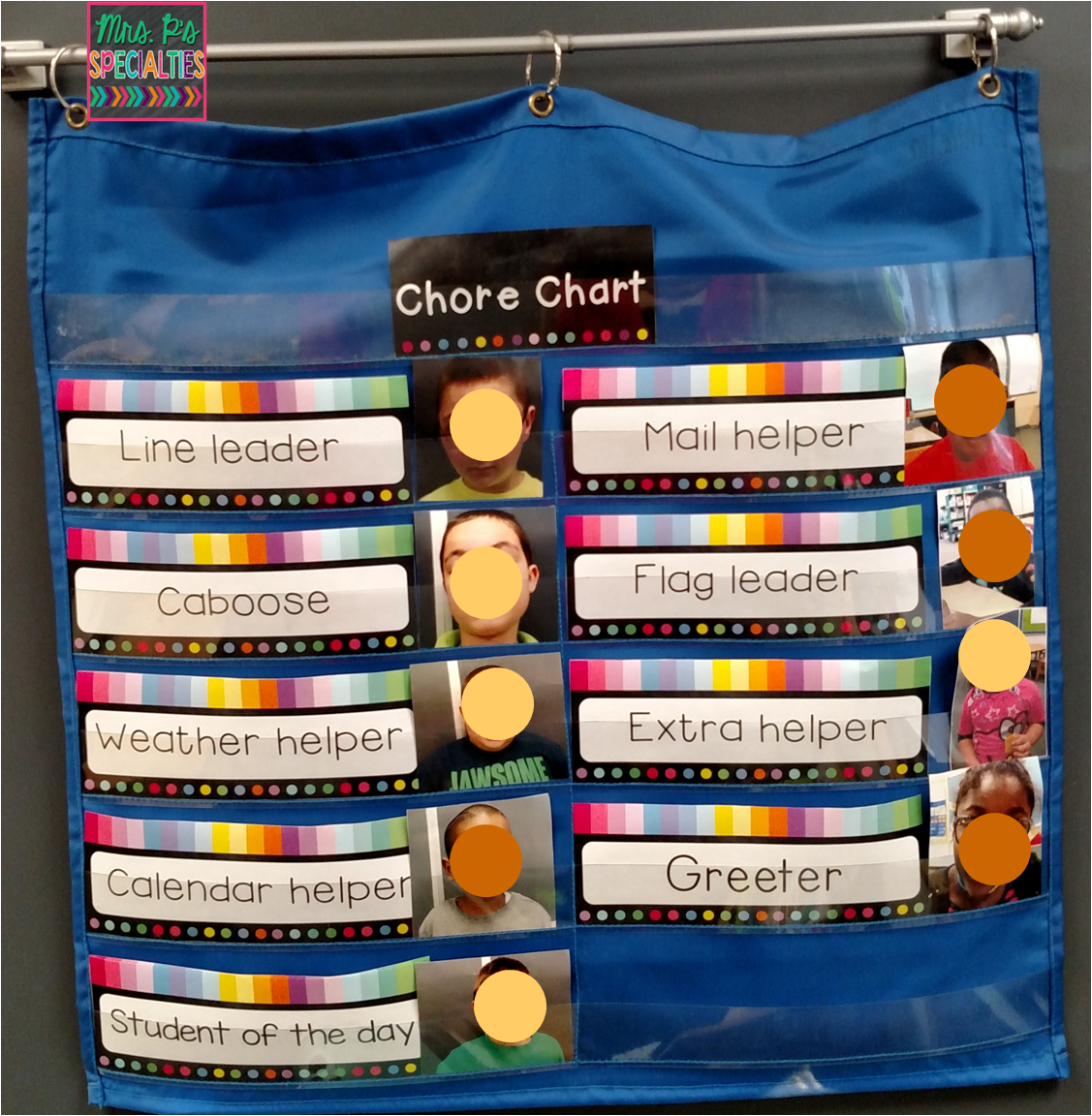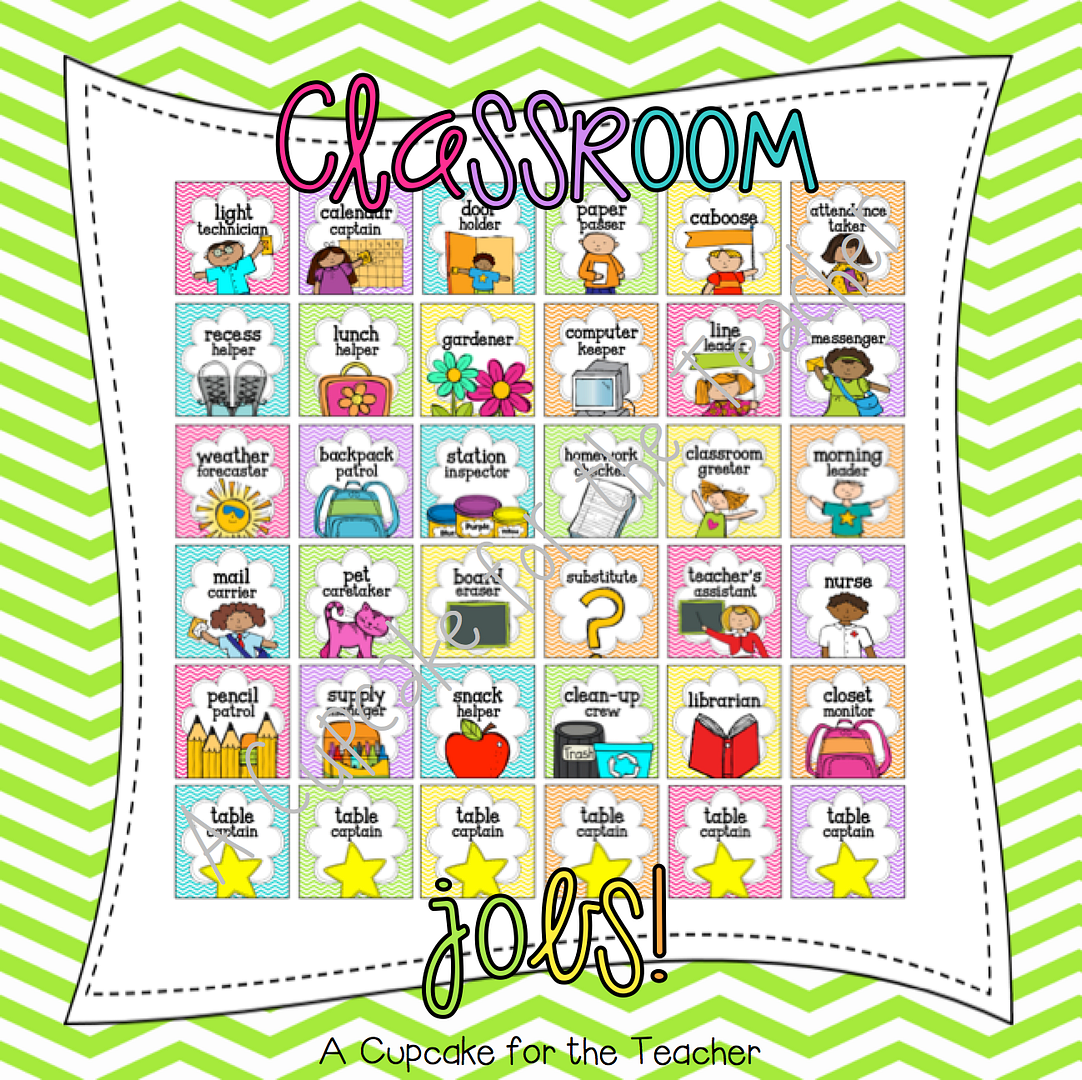
Introduction
In traditional classrooms, assigning jobs to students is a common practice. However, there are alternative approaches that can be equally effective in fostering a sense of responsibility and engagement among students. By exploring alternative classroom job strategies, teachers can create a more inclusive and dynamic learning environment.

1. Collaborative Group Tasks
One alternative to individual classroom jobs is assigning collaborative group tasks. By working together, students can develop important teamwork skills and learn how to effectively communicate and cooperate with their peers. Group tasks can include organizing materials, leading discussions, or planning class projects.
2. Rotating Roles
Rather than assigning fixed classroom jobs, teachers can implement rotating roles. This allows students to experience a variety of responsibilities throughout the school year. By rotating roles, students have the opportunity to develop new skills and gain a broader understanding of the classroom dynamics.

3. Student-led Initiatives
Empowering students to take initiative in the classroom can be another effective alternative to traditional jobs. Teachers can encourage students to identify areas of improvement within the classroom and take the lead in implementing solutions. This approach fosters critical thinking, problem-solving, and leadership skills.

4. Project-Based Learning
Integrating project-based learning into the curriculum provides students with real-life scenarios where they can apply their skills and knowledge. Instead of assigning specific jobs, students collaborate on projects, taking on various roles based on their strengths and interests. This approach promotes creativity, independence, and a sense of ownership in the learning process.

5. Classroom Economy
A classroom economy system offers students the opportunity to engage in real-world economic activities. Students can take on roles such as bankers, storekeepers, or entrepreneurs, managing classroom money and resources. This alternative approach not only teaches financial literacy but also encourages responsibility and decision-making.

6. Interest-Based Roles
Assigning roles based on students' interests and talents can increase their motivation and engagement. Teachers can create a list of diverse roles related to the curriculum and allow students to choose the roles they find most appealing. This approach taps into students' passions and encourages them to take ownership of their learning.

7. Technology Integration
With the increasing presence of technology in classrooms, teachers can assign technology-related roles to students. These roles can include managing classroom devices, troubleshooting technical issues, or assisting peers with technology-related tasks. This approach develops students' digital literacy and encourages collaboration.

Conclusion
By exploring alternative classroom job strategies, teachers can create a more inclusive and engaging learning environment. Collaborative group tasks, rotating roles, student-led initiatives, project-based learning, classroom economy, interest-based roles, and technology integration are just a few examples of alternative approaches that can foster responsibility and active participation among students. By embracing these alternatives, educators can create a classroom dynamic that promotes teamwork, critical thinking, and independent learning.